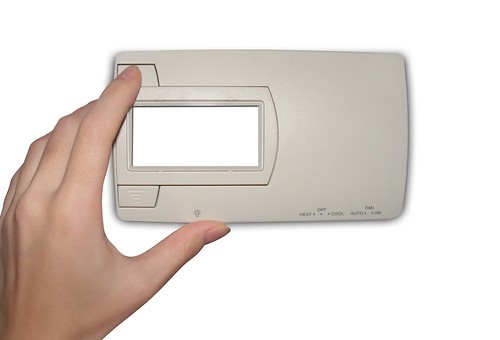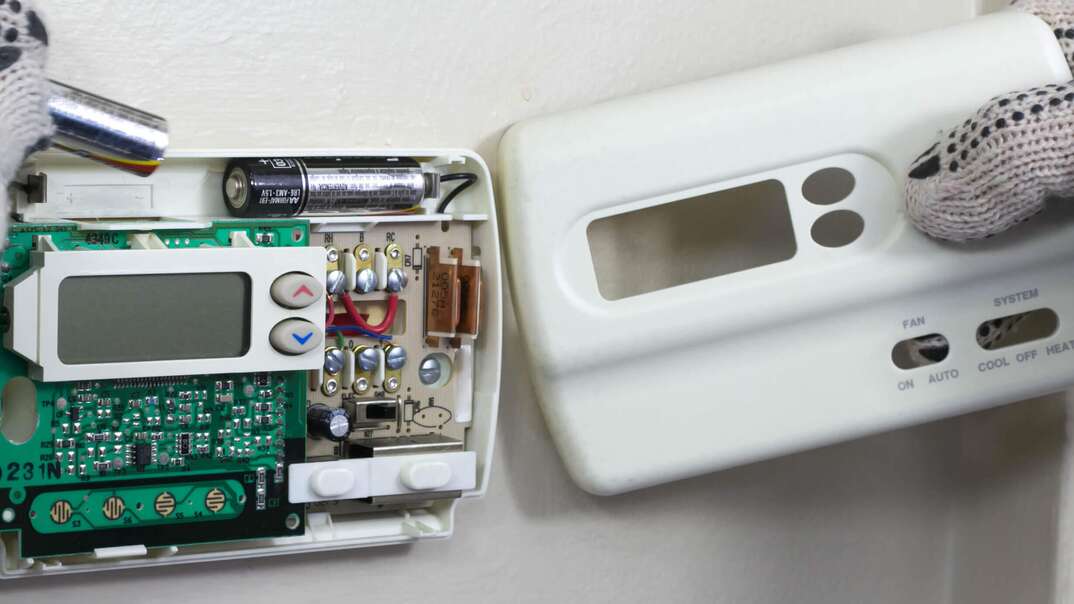The Parts Of A Thermostat That Require Cleaning
A digital thermostat, due to the absence of moving parts, does not generally require internal cleaning. Nevertheless, the periodic dusting of its LED display screen and other external parts is of utmost importance. That said, a manual needs to be cleaned internally, and there are parts to pay special attention to during the whole process.
The bimetal coil, a pair of wires, and a contact point that opens and closes. Although the contacts are modulated by a glass vial filled with mercury in most older models, a heat anticipator is also used in some models.
The bimetal coil and contact points are vital parts needing thorough cleaning in a manual thermostat, also known as an electromechanical thermostat. However, that is not to say that other parts of the device are not to be dusted.

How to Clean Your Electromechanical Thermostat
- You’ll need: A clean, soft paintbrush or compressed air, and a Q-tip, alcohol, batteries and a level.
- Remove the Thermostat Cover: Clean out all the dust, dirt, bugs, and buildup. Some covers have screws, some slide, and most of them simply snap off. It’s very important to not touch any of the interior parts with your fingers.
- Clean the Contact Points: Turn your thermostat up until the contact point closes. Now floss a soft piece of paper between the contact points. Blow it clean.
- Clean the Bimetal Coil: Use a soft, clean paint brush to brush away any dust from around the metal coil. Blow it clean.
- Clean the Switch Contacts: Clean the switch contacts with a Q-tip moistened with rubbing alcohol.
- Use the level: Make sure the thermostat is exactly level on the wall.
- Replace the batteries before putting the cover back on.
Steps To Clean Your Manual Thermostat

Remove The Thermostat Cover
The execution of this step is straightforward, as all you need to do is find and pull the cover. That said, covers in some models are fastened with the aid of screws. In this case, you can grab your screwdriver to undo the metal fasteners.
Dust The Bimetal Coil
With the aid of a soft paintbrush, gradually remove the accumulation of dirt from the surface of the bimetal coil. This exact procedure may be repeated for a heat anticipator – if present. Blow the bimetal coil with the compressed air duster till you ensure that it is clean.
Clean The Switch Contacts
You can clean out the bare switch contacts by slightly swabbing them with a cotton bud dipped in alcohol.



